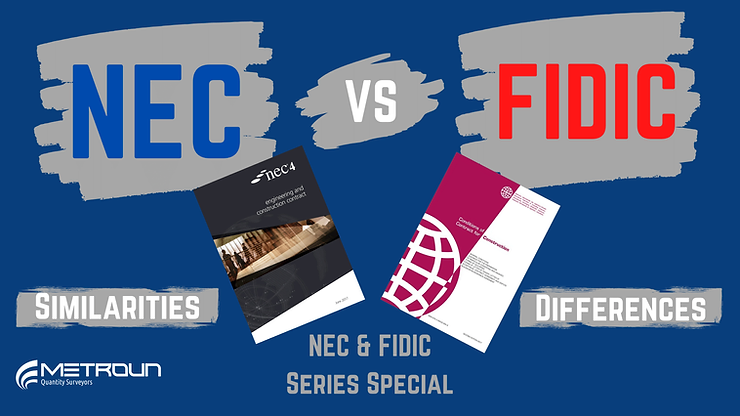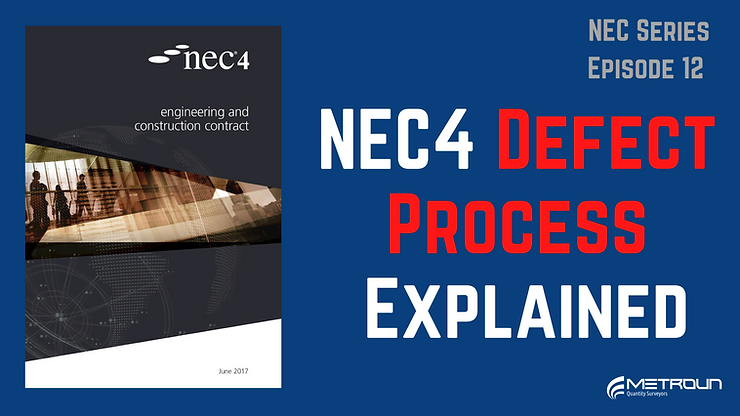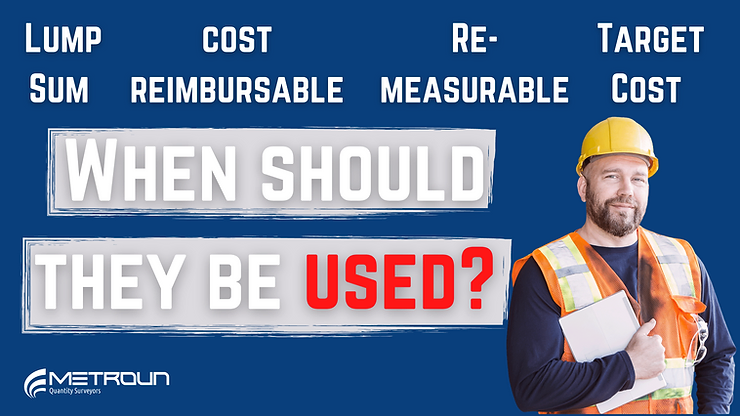
The BBC and other news outlets have been coming out with some scary stories recently in relation to the ever
Every week on a Wednesday, we provide a new Quantity Surveying or Construction related article that is filled with information. It will always be related to the video that we post on our main YouTube channel.
End of Content.

The BBC and other news outlets have been coming out with some scary stories recently in relation to the ever

Two of the most commonly used international construction contracts are NEC and FIDIC. In this article we are going to

A choice every employer will have to make when considering a construction project is what procurement route to choose. If

What happens when the client discovers a defect on your project? It might not be something you’ve thought about before.

If you’re reading this post, you’re probably one of two people. Either you’re a loyal Metroun subscriber who reads every

One of the most common reasons companies go out of business is because they simply run out of cash. Construction

If you’ve ever had construction or maintenance work carried out in your home, then you already know the different ways

Managing risk is a key and vital element of any construction project and the effective reduction of risks tends to

Unless you’ve been living under a rock for the last few years, you’ve probably heard of cryptocurrencies. However, you may